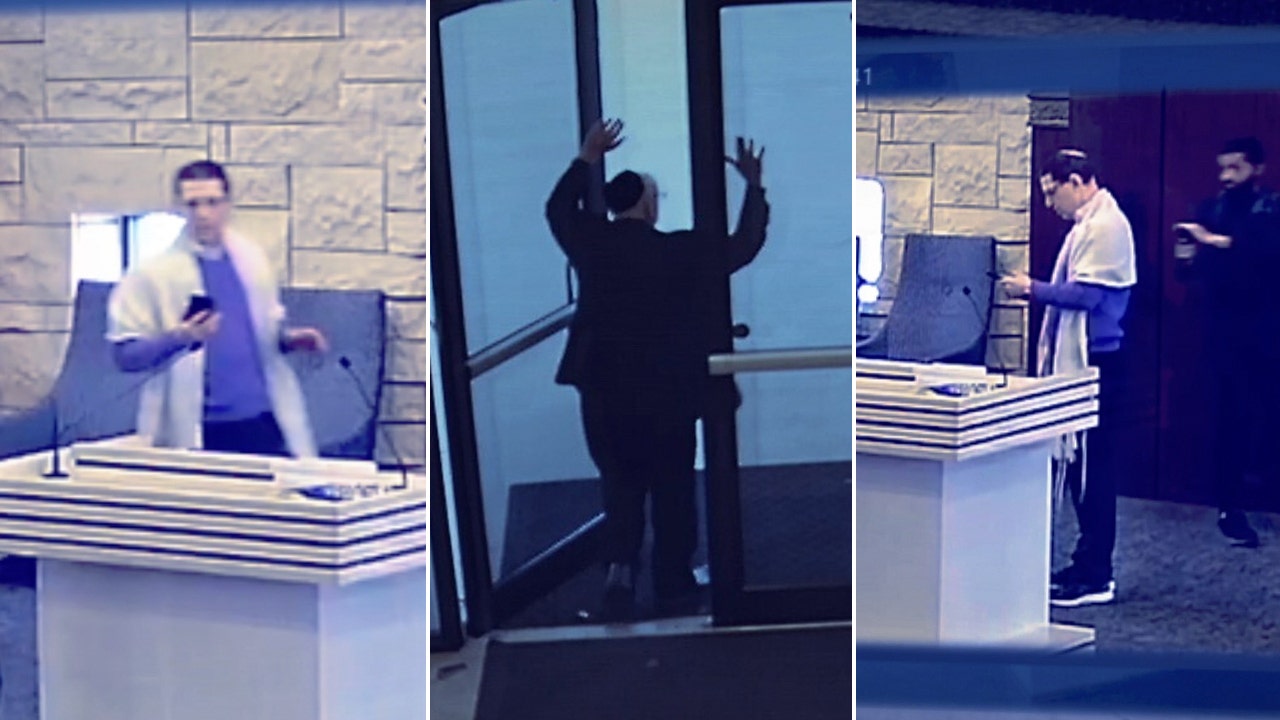Experts say homemade ghost guns, like the one allegedly used in the killing of UnitedHealthcare’s CEO, are becoming more appealing to criminals
This story was published in partnership with The Trace, a nonprofit newsroom covering gun violence. Subscribe to its newsletters.
Toward the end of 2024, federal law enforcement officials were celebrating a banner year in their fight against homemade, untraceable “ghost guns.”
In cities across the country, the number of ghost guns recovered at crime scenes was falling. The Supreme Court seemed poised to uphold a de facto federal ban on the kits used to assemble the weapons. And Polymer80, once the country’s largest manufacturer of those kits, was forced to shut down.
Then, in December, a 26-year-old allegedly used a 3D-printed ghost gun to fatally shoot UnitedHealthcare CEO Brian Thompson on a Manhattan street.
The assassination jolted the public. While it didn’t necessarily indicate that untraceable weapons were becoming more prevalent, it did raise questions about the state of the ghost guns market. Was Polymer80’s closure a sign that the market was shriveling up — or was it, hydralike, sprouting new heads?
Law enforcement officials, small arms researchers, and ghost gun manufacturers who recently spoke to The Trace described the law enforcement gains against ghost guns as tenuous at best, especially in light of the Trump administration’s aversion to new regulations. Ghost gun technology, they warned, is only getting more sophisticated — and as a result, the weapons are becoming more appealing to criminals.
A Market in Flux
In the vast majority of the country, it is perfectly legal to own ghost guns, but not to sell them. Companies like Polymer80 have sidestepped this prohibition by selling kits containing all the components necessary to build an unserialized firearm: barrels, triggers, unfinished frames also known as “80 percent” receivers, and all the requisite pins and screws. Since the kits were initially not considered firearms, customers could buy them without a background check, and then assemble their ghost guns at home.
Editor’s picks
Between 2017 and 2023, police recovered more than 92,000 ghost guns — the vast majority of which were built from kits, according to data released in January by the Bureau of Alcohol, Tobacco, Firearms and Explosives (ATF). Children bought the kits and then shot themselves by accident. Mass shooters used them to kill office workers and classmates.
The violence prompted the Biden administration to crack down. In 2022, the ATF issued a rule effectively reinterpreting the federal legal definition of the word “firearm” to include most ghost gun kits. To sell the kits, retailers would need to apply for a federal firearms license, serialize the products, and conduct background checks for every sale. The ATF’s data shows that in 2023, the number of ghost guns recovered annually by police increased by less than 1 percent, the smallest jump over that seven-year span.
We reviewed the websites of 12 online retailers known for offering ghost gun kits and found that at least four were continuing to sell them. The Trace showed the listings to Rick Vasquez, a former ATF firearms expert. He said that while these four retailers were likely violating the new rule, selling the kits is something of a legal gray area while the regulation is being considered by the Supreme Court.
Other companies responded to the new rule by overhauling their business. Defense Distributed — the ghost gun manufacturer founded by Cody Wilson, inventor of the first fully 3D-printed firearm — refocused on selling a desktop machine capable of turning blocks of aluminum or steel into finished gun frames. Wilson had first released a version of the machine more than a decade ago.
Related Content
Wilson says his business is nowhere near the behemoth Polymer80 was, but he sees his machine as a step toward a more populist future in which gun ownership is beyond the control of governments and big corporations.
“Some of the things happening in 3D guns I think are distasteful, but that’s part of popular politics,” Wilson said. “There’s an element of defiance or challenge to the government: Can you really control the flow of arms?”
3D-Printed Guns Remain Largely Unaffected
In the world of 3D-printed guns, the ATF’s rule change hardly made a splash. Unlike ghost gun kits, which can be regulated at their point of sale, 3D-printed firearms are often entirely home-built using parts sourced from hardware stores and plastic filament of the sort used in Legos. The printers used to build the guns have come down in price in recent years and can now be bought on Amazon for as little as $200.
3D-printed guns do not turn up at crime scenes with anywhere near the same frequency as ghost guns made from Polymer80-style kits, but they have surfaced in several high-profile cases.
While investigating racially motivated violent extremism among current and former Ohio National Guard members in 2022, authorities discovered evidence of a 3D-printed gunmaking operation alongside bombmaking materials in a former guardsman’s home. That same year, a man in Green Bay, Wisconsin, pleaded guilty to federal gun possession charges after he was caught exchanging 3D-printed guns for methamphetamine. The ATF found a gunmaking operation in his basement that included a 3D printer, homemade gun parts, and silencers.

Last year, a group of small arms researchers in Switzerland and Canada analyzed more than 180 media and law enforcement reports of 3D-printed firearms used in crimes across the globe. They found only eight cases in which 3D-printed guns were actually fired.
Stefan Schaufelbühl, the study’s lead author, said it’s “rather rare” for 3D-printed guns to be used in crimes compared to traditional firearms. Still, he said his study underlines a growing interest in home-built weapons among criminals, which he expects to increase.
“We now have to admit that it may really be easier (and cheaper) to buy a 3D printer and produce a firearm” in many parts of the world, Schaufelbühl said in an email.
Schaufelbühl pointed to a couple of models of partially 3D-printed guns that come with extremely detailed guides for buying components without attracting law enforcement scrutiny. He said the guns are growing more reliable — a major concern for law enforcement.
While governments grapple with how best to constrain this underground industry, some in the 3D-printing community have proposed their own solutions for thwarting the use of their machines to build firearms.
Print&Go, a Spanish company that produces business software for remotely managing 3D-printers, launched a program in November 2024 called 3D GUN’T. It allows administrators to preemptively block the devices from printing guns or gun parts. Opting in is voluntary, but when the program is active, it checks each print job against a database of known 3D-gun blueprints and uses artificial intelligence to recognize the shapes of common gun parts. If the system detects a firearm, the print job is blocked.
“We work in schools, for example, where many students have access to the machines with only a small number of teachers able to monitor how they’re being used,” said John Amin, the company’s founder. “They need a solution that can help them guarantee no one is printing something that can be harmful to others.”
What Will Trump Do?
President Donald Trump resisted pressure to regulate 3D-printed firearms during his first four years in office. This term, he has pledged to appoint a pro-gun ATF director to review the agency’s previous rulings.
That puts the ATF’s ghost guns rule in the crosshairs. The Supreme Court is weighing the legality of the rule and expects to hand down a decision early this year. During oral arguments in October, the justices signaled that they were likely to uphold the rule. But experts expect the Trump administration to reconsider it — a common practice during presidential transitions — which could prompt the court to stay its decision. That outcome could revitalize the kits industry and fuel another explosion in ghost gun-related crime.
The consequences would almost certainly be deadly, providing a way for prohibited purchasers to quietly arm themselves, according to Felipe Rodriguez, a John Jay College criminal justice professor and retired New York City police detective.
“The reason people get ghost guns is because they can’t get [traditional firearms] legally,” Rodriguez said, “because they can’t go through the background checks.”

 3 hours ago
1
3 hours ago
1
















.png)

.png)
.png)
.png)













 English (US) ·
English (US) ·  Hindi (IN) ·
Hindi (IN) ·